Gardenscapes by Joanna LLC

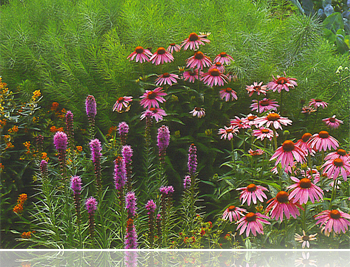
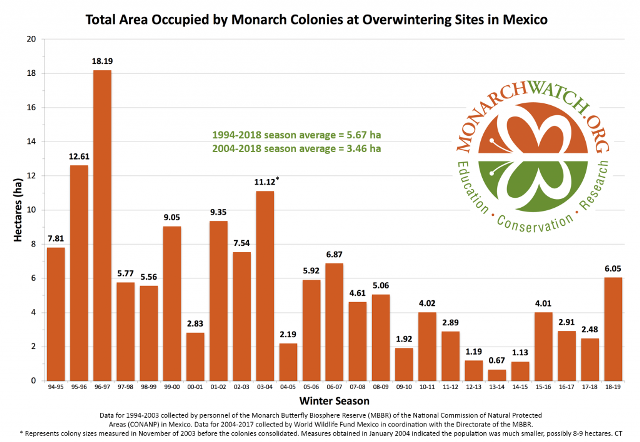
Call or E-mail us today!
Phone: (440) 935-5074
Please call for our landscaping services.
We design and install landscapes, patios and walkways.
SIGN UP BELOW FOR OUR NEWSLETTER!
Plant a Monarch Migration Station
and Help Save the Monarch Butterfly
Our company is a proud member of these organizations:
Newsletter
Gardenscapes Newsletter March 2024
We do not have the right to starve local pollinators species by not planting the native flowers on which they depend.
We also no longer have the right to ignore the stewardship responsibilities attached to land ownership.
American Hazelnut (Corylus americana)
American Hazelnut is one of the most important species of grassland, field, and savanna thickets. Once dominant, native hazelnuts are now fading towards functional extinction which means their populations are declining to the point of no longer being a significant part of the ecosystem and its food chain. These large shrubs grow in as dry as soil like rocky glades and sandy open canopy woodlands, or as wet as soil as wetland edges and everywhere in between. They can grow in partial sun, but produce more nuts in full-sun. The fall color ranges from yellows-golds-oranges-pinks-greens depending on the individual plant and the condition it is in. Hazelnuts have high potential in Native Plant Agriculture. Compared to all types of food, they have a calorie density only less than hickory nuts like pecans, walnuts, and whale lard or other pure fat products like sunflower seed oil. With the cultivation of Hazelnuts completed by Native Americans mostly lost due to human colonization; for agricultural purposes the yields are variable in size and quantity. So they will require some breeding to create mainstream agriculturally applicable crops. But for wildlife, residential or small farm harvests any native American Hazelnut shrubs will do.
Fall color
Hazelnuts are one of the highest shrubs in the number of moths/butterflies that use them as host plants (131-known). Birds like the Blue Jay are also known to scatter hoard the nuts, spreading the seeds far and wide with a preference of hiding them in fields away from squirrels. Their small percentage forgetfulness of their hazelnut hoards leads to new thickets forming in fields and prairies. Hazelnuts were a major component of grassland thickets that were an important part of the food chain within prairies and savannas landscapes; though native thickets do not get nearly the restoration attention that the wildflowers and grasses receive. There are two main reasons why wild Hazelnut populations becoming more and more rare today. First, a large number of savannas and prairies throughout the hazelnut's native range were lost to agriculture and Native American fire suppression by colonists that helped to maintain sunny prairies and savannas. Secondly, their population is being reduced further where invasive plants such as Autumn Olive and Amur Honeysuckle have taken the forest edges, manmade edges like fence lines, and open habitats that grassland native thicket species depend upon to reproduce in modern time.
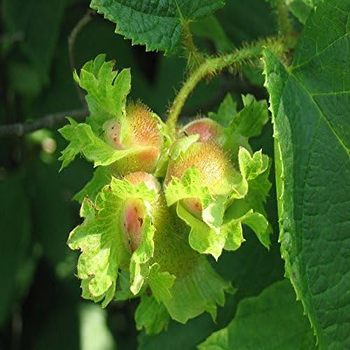
Hazlenuts
The Buzz on Spring Clean Up
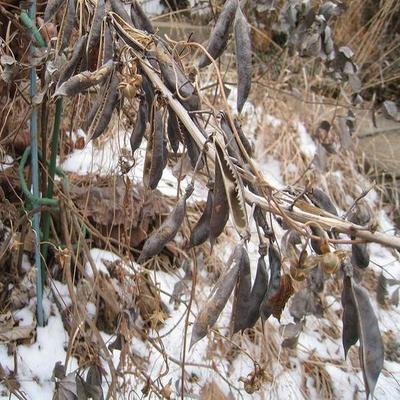
It is always tempting to clean up the garden as winter turns to spring, but I invite you to consider how you might adapt your activities to be a better steward for bugs. Many insects overwinter in leaf litter or in hollow stems left standing from last year's blooms. Cleaning up the garden too soon means you could be removing beneficial insects from the garden along with your debris. Rather than beginning spring clean up on the first warm day, try to hold off until insects have had time to emerge from their winter slumber. Generally, this means waiting until there have been at least seven consecutive days of temperatures above 50 degrees Fahrenheit. Understanding insect life cycles help empower gardeners to make more sustainable and ethical decisions in the garden.
Eastern Monarch Butterfly Overwintering in Mexico Drops Precipitously
MEXICO CITY, February 7, 2024 – The annual census of monarch numbers at the overwintering sites in central Mexico was released today by World Wildlife Fund-Mexico and partners. It revealed that in just one year, the presence of monarch butterflies in their Mexico wintering grounds dropped by more than half, from 2.2 hectares to 0.9 hectares.
This makes 2023-24 the second worst year ever recorded. The lowest year was in 2013-14 when only 0.67 hectares were occupied. The annual survey, led by WWF-Mexico, measures the area of forest in which monarch butterflies hibernate each winter, providing a reliable indicator of the migratory eastern monarch’s overwintering population status.
"Fewer monarchs hibernating in their traditional forest habitat in Mexico greatly concerns all of us. It's critical that all communities, governments, non-governmental organizations, scientists, and others continue to strengthen our conservation and protection efforts to support the monarch's unique migration," said Jorge Rickards, general director of WWF Mexico.
Besides planting milkweed in your gardens, anyone interested in helping monarch butterflies might want to turn off the porch light. Biologists at the University of Cincinnati say nighttime light pollution can interfere with the remarkable navigational abilities of monarchs, which travel as far as Canada to Mexico and back during their multigenerational migration.
Researchers found that butterflies roosting at night near artificial illumination such as a porch or streetlight can become disoriented the next day because the light interferes with their circadian rhythms. Artificial light can impede the molecular processes responsible for the butterfly's navigational mechanisms and trigger the butterfly to take wing when it should be resting.
Monarchs rely on the darkness of night to process proteins key to their internal compass. These help the insects tell which direction to fly in to reach their southern wintering grounds, and to return.
The iconic monarch butterfly has been listed as Endangered by the International Union for Conservation of Nature (IUCN), a global authority on the conservation status of species. An endangered listing means the species is likely to go extinct without significant intervention.
The listing of migratory monarchs (Danaus plexippus plexippus) on IUCN Red List of Threatened Species comes as no surprise. Monarch numbers have plummeted more than 95% since the 1980s. Scientists point to climate change, habitat loss and the use of herbicides and pesticides as drivers of this loss.
“It’s been so sad to watch their numbers decline so much, so anything that might help them makes me happy, and I think that this designation might help them,” Karen Oberhauser, a conservation biologist at the University of Wisconsin who has studied monarchs for more than three decades told The New York Times.
There are two populations of migratory monarch butterflies in North America, both renowned for their impressive overland journeys spanning up to 6,400 kilometers (4,000 miles). Eastern monarchs spend the winter in Mexico, while the western monarchs winter in California. In the spring, all monarchs migrate north, some as far as Canada. This migratory cycle covers thousands of miles and takes three or four generations. Monarch population estimates are taken at their overwintering grounds.
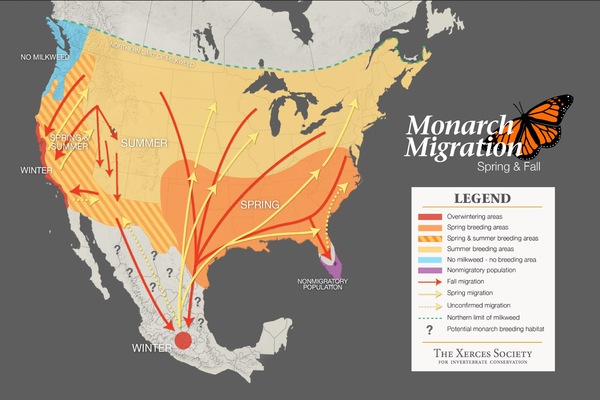
Monarch numbers are largely driven by climatic factors and habitat availability. Unfavorable weather conditions during spring and summer 2022, especially in the southern United States at the time the monarch population was migrating north from Mexico, led to lower numbers throughout the summer on the northern breeding grounds. While monarchs are able to fly long distances to find milkweed host plants and nectar sources, widely spaced milkweed patches mean that females need to search longer as they are laying eggs, and thus they lay fewer eggs over the course of their lives. In the wintering sites in Mexico, as forests become more heavily degraded they are less able to buffer the monarchs from temperature extremes, including both warm daytime temperatures and cold nighttime temperatures.
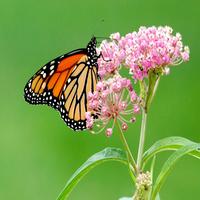
In addition to changes in climate and habitat, exposure to environmental toxins (including mosquito sprays), diseases, and predators also affect monarch survival.
One of the important aspects to saving the Monarchs is to be able to recognize them at each stage of their life. We have provided pictures of what you should look for on our Save the Monarch page located on our web site.
Please consider planting Milkweed (Asclepias) to help save the Monarch Butterfly!
Asclepias speciosa
Milkweed (Asclepias incarnata) now planted in vegetable garden.
Organic Air Tree and Shrub Care
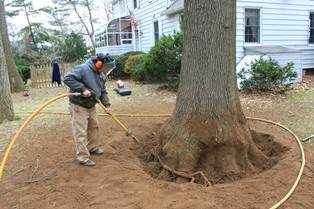
This is Bernie Carr, our friend in the green industry and owner of Organic Air Tree and Shrub Care. Too much soil burying the root flare of trees, is a slow death for most trees. Improper planting, girdling roots, or soil build up around a tree's root system is not healthy for this living organism. Bernie and his crew specialize in all facets of organic tree care including organic root-feeding, organic foliar sprays, repairing compacted soils (especially after new construction), and removing girdling roots. Please visit their website for more information at Organicairtsc.com
We are on Facebook
Gardenscapes by Joanna LLC is now on Facebook , if you would like to be updated through the season via Facebook, please Like Us on Facebook. Also, by signing up for our newsletter, we send out monthly native plants of the month not found on our website.

Contact us today at gardenscapesbyjoanna@yahoo.com or (440) 935-5074.
Thank you for visiting our website.
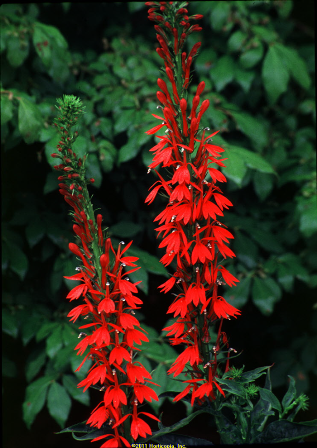
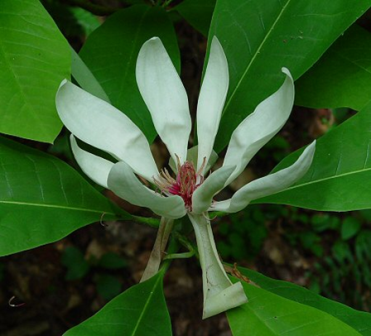
Copyright © 2010








